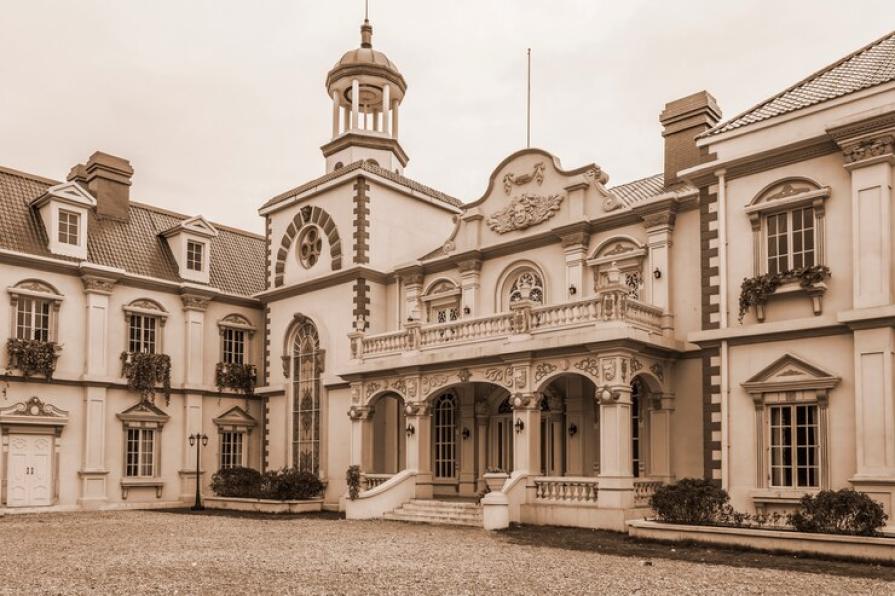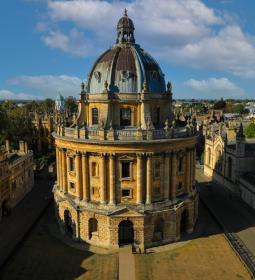Europe is considered a region where students can get an excellent education and get quality knowledge from experienced teachers. Local universities are the oldest in the world, and many of them are more than a thousand years old. The history of European universities is debt and interesting, which is why many universities are the main attractions in individual countries. Emperors, presidents, chancellors, legendary actors and musicians graduated from the walls of these educational institutions - in short, hundreds of great people have graduated from universities over a thousand years.
The first European universities
In Europe, in the period from the XI to the XIII centuries, the first universities began to form. But it is difficult to determine the exact date of the creation of universities, since they did not arise by order of the sovereigns, but were formed independently - as communities of people who wanted to get an education, which ensured their official status. Another way of creating universities was associated with the development of schools at cathedrals.
At this time, cities were rapidly developing in European countries, where qualified specialists were required: lawyers, doctors and priests. To learn these professions, it was necessary to restore and revive the knowledge of the ancient era, which had been lost and forgotten for many years. Soon this information began to arrive in the West from the East.

Societies of people who wanted to gain knowledge were formed under the leadership of practitioners - professors, who were usually doctors or lawyers. They were engaged in the training of assistants and successors. In turn, schoolchildren and teachers formed communities. Interestingly, the word "university" at that time described people who were bound by a mutual oath. Initially, this name was used to refer to any community, including urban and artisanal. However, it was not until the end of the fourteenth century that the name began to be used for higher schools.
One of the oldest European universities, the University of Bologna, is considered the birth of universities in Europe. In 1088, in Bologna, they began to study law without the approval of the church. At this time, the struggle for influence between the state and the clergy made the study of law particularly important, and the rulers also understood the importance of this subject. Initially, the Bolognese "community" of jurists had no official status, only in the middle of 1158, the leader of the Holy Roman Empire named Frederick Barbarossa issued a document that endowed those who studied or taught law in Bologna with a number of freedoms and advantages. They acquired a special status, students received the right to freedom of movement and travel for the purpose of study. To do this, they also had to wear special clothes - this is how the robes of bachelors and professors appeared. However, in this charter, the university was not a completely independent organization.

In 1217, the University of Bologna was recognized by Pope Honorius IV, and in 1291 the Roman pontiff gave it the right to award academic degrees. In the thirteenth century, many universities in Europe, such as Valencia, Salamanca, Prague, Vienna, Heidelberg, Erfurt and Cologne, were founded "from above", by kings, emperors or pontiffs who realized how beneficial it was to themselves.
The medieval universities of Europe exhibited many characteristic features, some of which appeared later.
How Universities Wanted to Become Independent
The first universities were not just places where students could study – they were associations or corporations that provided not only training, but also the protection of their members from arbitrariness in European cities of the Middle Ages. These associations were important for protecting the rights and interests of their members, who supported each other during conflicts with the local population.
Educational institutions tried to gain independence from the church in all spheres, and they achieved this thanks to the support of the state. These universities acquired the status of states within the country, where their students were exempted from a number of duties, and their property was protected from seizure. The university court had the right to sue students and faculty, and members of the corporation could demand that merchants and landlords charge fair prices for goods or premises.

The opportunity to confer degrees was usually given to universities by the Pope or by secular monarchs. They received other privileges from the state, and sometimes blackmail was used for this. For example, in 1229, the members of the Paris Corporation left the city after a conflict with the townspeople and the king of France himself: in response to this, the sovereign was obliged to approve the possibility of the university to strike and refuse to interfere in its affairs.
Independent "states"
Medieval universities were unique educational institutions: the connection between teachers, students and other participants was horizontal, replacing the model in which one obeyed the other. The participants of the institute chose the rector for the post of head and very carefully guarded this right. In universities, as a rule, the role of leaders was assumed by masters, but in some institutions classes were conducted by schoolchildren themselves. The Paris model turned out to be the standard for every European university, and the emergence of the Bologna system was associated with the university's specialization in law classes.
Any people could get into the university and get the status of a student, even if they belonged to the lower strata of society (for example, peasants), but the training was paid. To support poor students, states created assistance programs: exemption from fees, scholarships and the provision of a room in a dormitory. In addition, students could find part-time work, including at the university itself.

Medieval universities were a kind of single caste of learned people, intellectuals representing different social groups and nationalities. They were centers of freedom and independence, but this could not last forever. Educational institutions were considered sources of freethought and heresy, which did not suit the church. At the same time, universities were in demand by secular authorities, who needed lawyers and other specialists.
Thus, the universities of the Middle Ages were unique educational institutions where students had the opportunity to get an education and become intellectuals. Despite their independence, the institutions did not have the opportunity for a long time to avoid conflicts with the church and secular authorities, who wanted to control the universities and use them for their own purposes.













